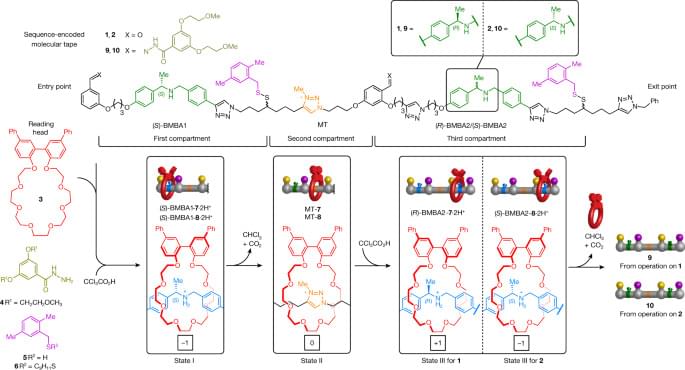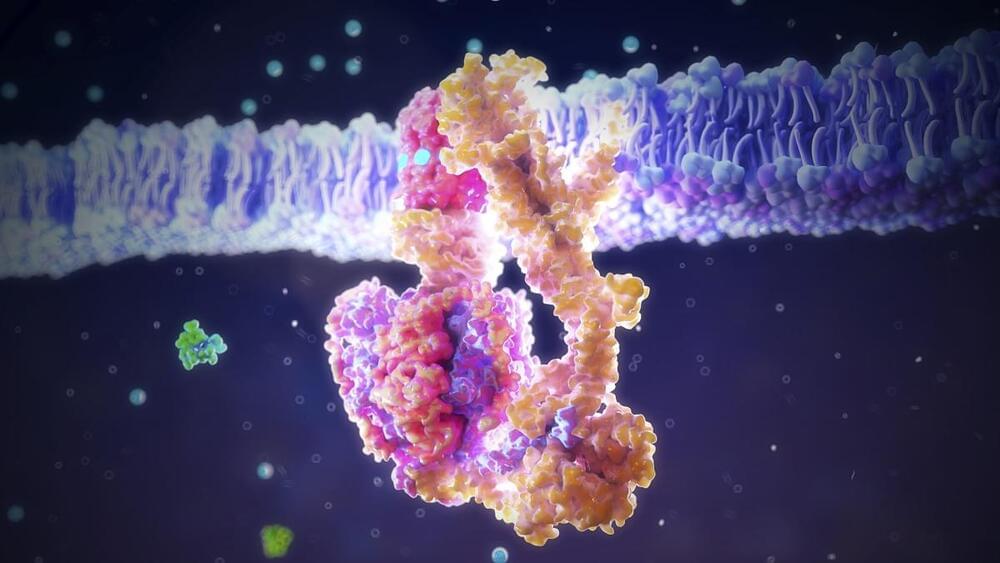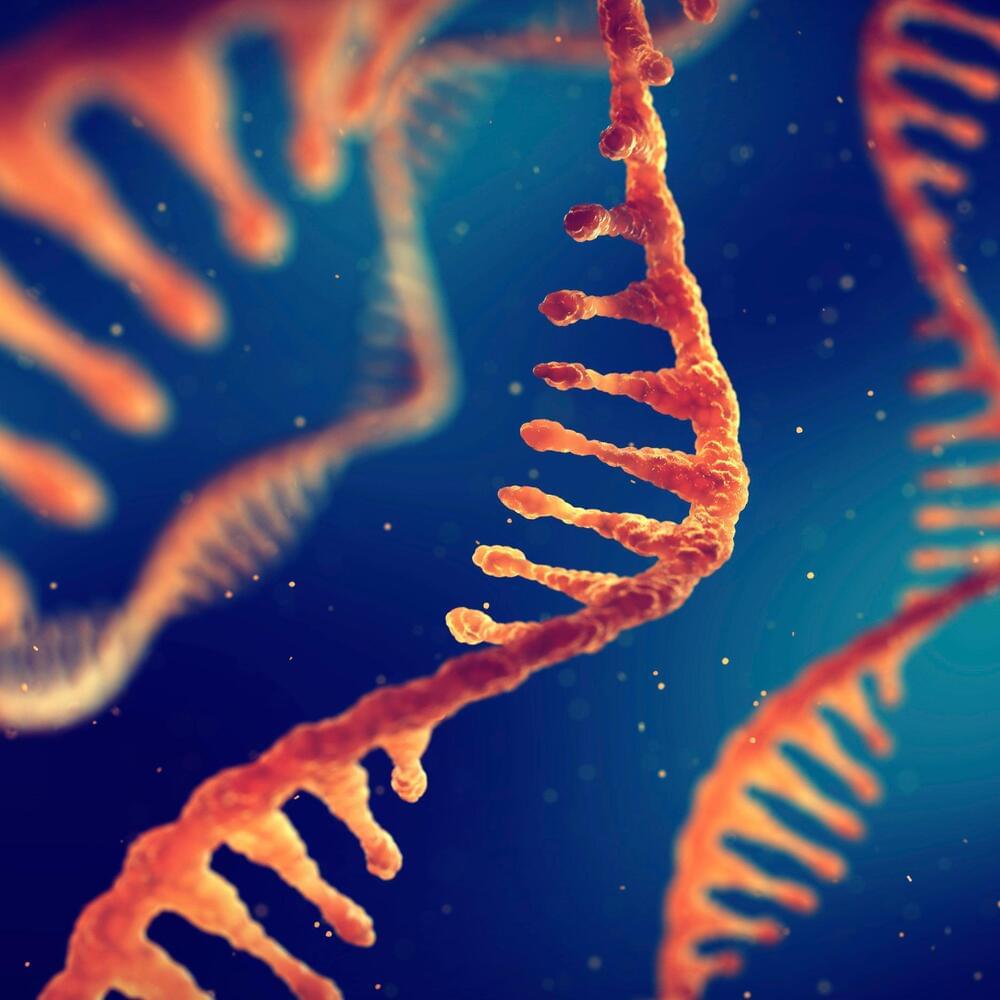An in-depth survey of the various technologies for spaceship propulsion, both from those we can expect to see in a few years and those at the edge of theoretical science. We’ll break them down to basics and familiarize ourselves with the concepts.
Note: I made a rather large math error about the Force per Power the EmDrive exerts at 32:10, initial tentative results for thrust are a good deal higher than I calculated compared to a flashlight.
Visit the sub-reddit:
https://www.reddit.com/r/IsaacArthur/
Join the Facebook Group:
https://www.facebook.com/groups/1583992725237264/
Visit our Website:
http://www.isaacarthur.net.
Support the Channel on Patreon:
https://www.patreon.com/IsaacArthur.
Listen or Download the audio of this episode from Soundcloud:




